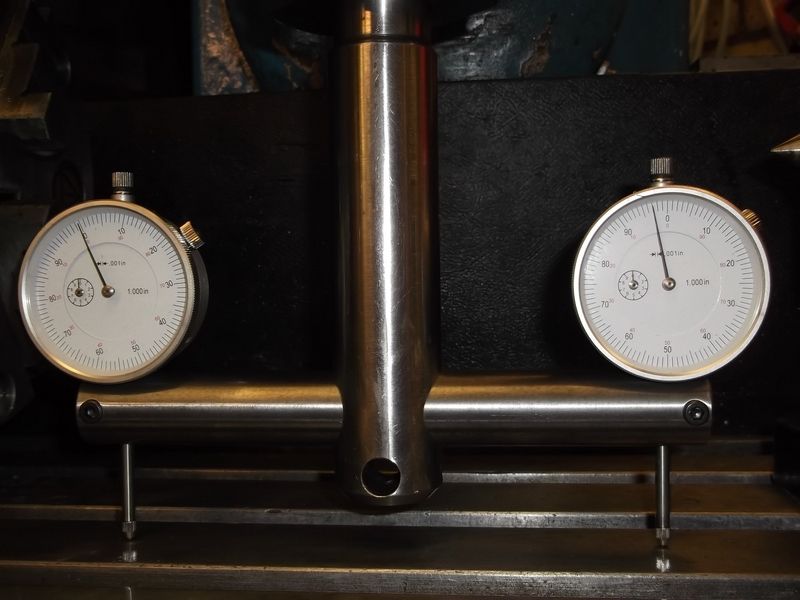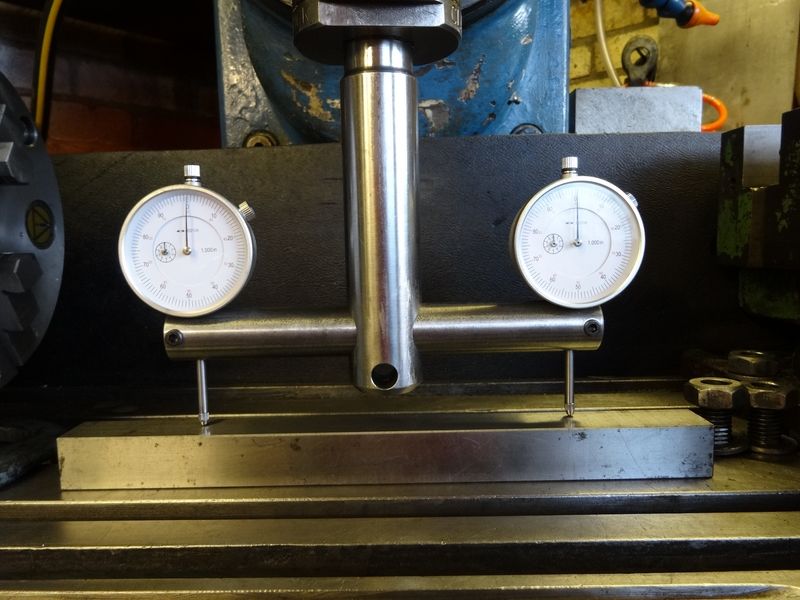BaronJ
Grumpy Old Git.
Don't feel bad I had to think about mine again my t-slot is in the middle of the table. I'd thought about making mine with adjustable arms to give a better read on the length of the table.
Todd
Hi Todd,
A trick that might help is to use a sheet of glass laid on the table. You need a glass from an old scrapped scanner. Don't attempt to cut it to size, it will just shatter into a million pieces.
I don't like the adjustable arms idea ! You would introduce too many variables. A single gauge and a long arm would be better.









![MeshMagic 3D Free 3D Modeling Software [Download]](https://m.media-amazon.com/images/I/B1U+p8ewjGS._SL500_.png)






















![DreamPlan Home Design and Landscaping Software Free for Windows [PC Download]](https://m.media-amazon.com/images/I/51kvZH2dVLL._SL500_.jpg)










































